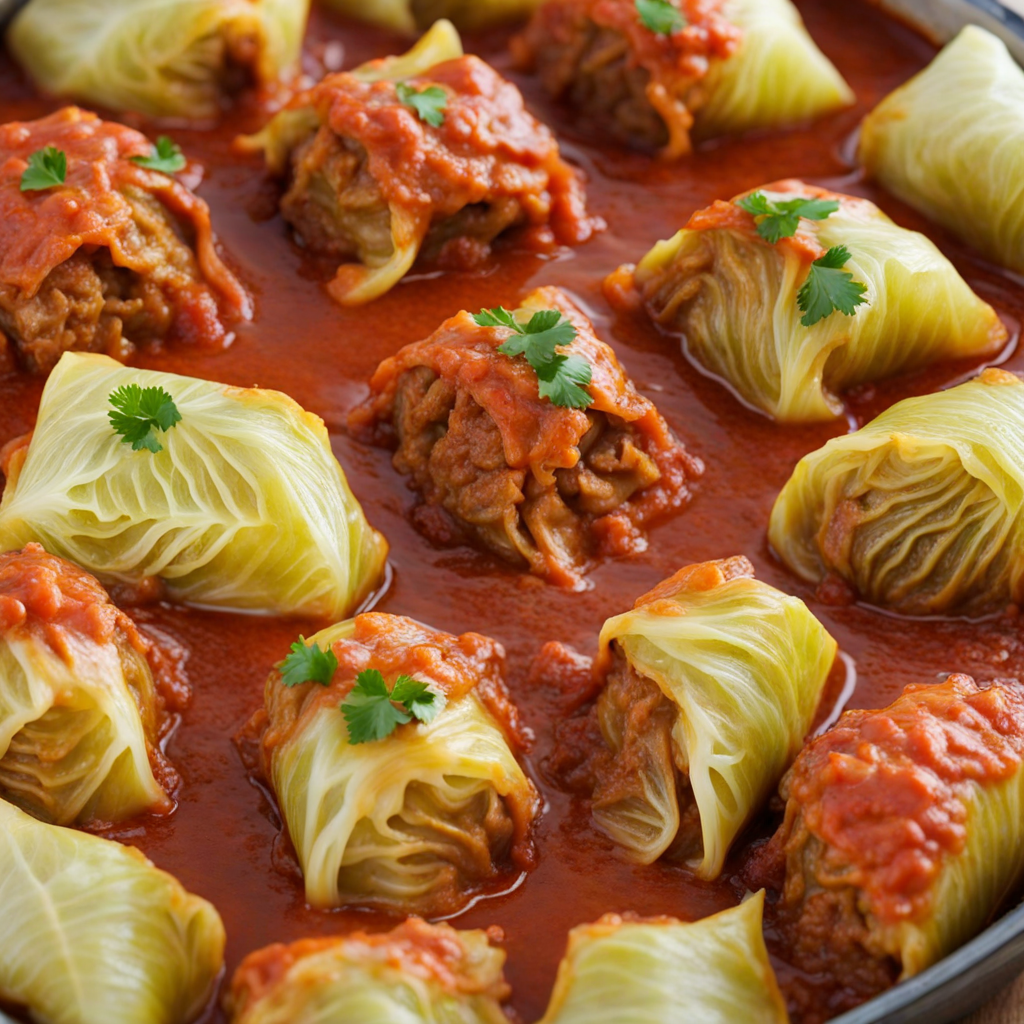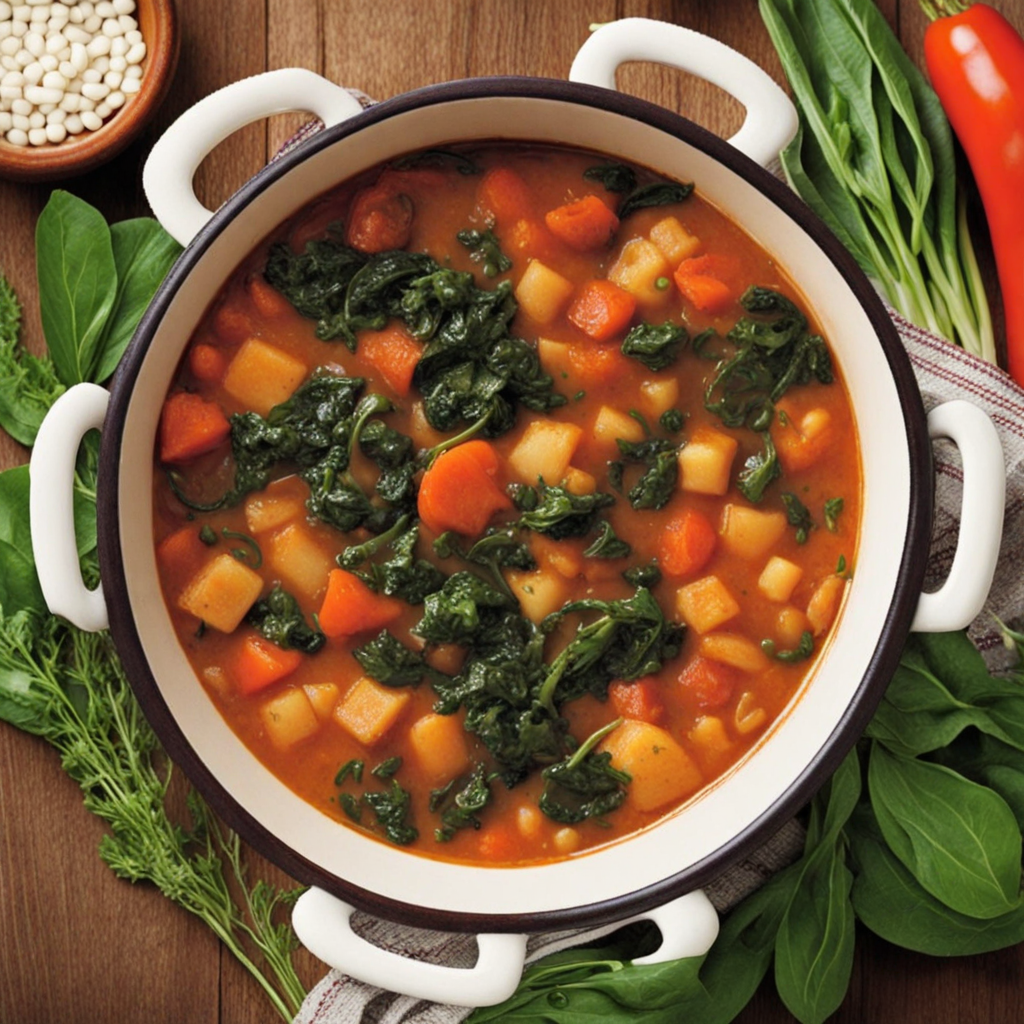Hideg Túrós
Hideg Túrós is a delightful Hungarian dish that encapsulates the essence of simple, yet flavorful, ingredients. At its core, this cold dish features túró, a type of fresh curd cheese similar to ricotta, which provides a creamy and slightly tangy base. Often blended with sour cream, the texture becomes smooth and rich, making it a perfect canvas for various flavorings. The combination is typically seasoned with salt, and sometimes enhanced with a hint of pepper or paprika, reflecting Hungary's love for spices. What sets Hideg Túrós apart is the variety of toppings and accompaniments that can elevate its flavor profile. Common additions include finely chopped fresh herbs, such as dill or parsley, which add a burst of freshness, and grated vegetables like radishes or cucumbers for a refreshing crunch. A drizzle of good quality olive oil or a sprinkle of smoked paprika can also be used to provide a deeper flavor. The dish is often served with crusty bread or savory crackers, making it a perfect appetizer or light meal that invites mingling and sharing. In Hungary, Hideg Túrós is particularly popular in the warmer months, as it is served chilled and can be enjoyed as a satisfying way to cool down. Its versatility allows it to be adapted to personal tastes, whether you prefer it more savory or tangy. This dish not only showcases the quality of fresh Hungarian dairy but also represents the country’s culinary tradition of using simple, wholesome ingredients to create dishes that are both comforting and delightful to the palate.
How It Became This Dish
The History of Hideg Túrós: A Culinary Gem of Hungary #### Origins Hideg Túrós, a traditional Hungarian dish, translates literally to "cold curd" and is a delightful representation of Hungary's rich culinary heritage. Its primary ingredient, túró, is a type of curd cheese that has been a staple in Hungarian households for centuries. The origins of túró can be traced back to the pastoral lifestyle of the Hungarian people, whose agrarian culture necessitated the preservation of dairy products. Historically, the art of cheese-making dates back to ancient civilizations. In Hungary, the practice of making túró likely began during the early Middle Ages when nomadic tribes settled in the Carpathian Basin. The abundant pastures and a suitable climate allowed for the development of dairy farming, leading to the production of various forms of cheese, including túró. As the Hungarian culture evolved, so did its food, with túró becoming a versatile ingredient in numerous dishes. #### Cultural Significance Hideg Túrós holds a unique place in Hungarian cuisine not only for its taste but also for its cultural significance. It is often served as a light meal or snack, particularly during the warmer months. The dish is a reflection of the Hungarian ethos of simple yet flavorful food, often prepared with fresh, locally sourced ingredients. In Hungary, food is deeply intertwined with social and familial bonds. Hideg Túrós is frequently enjoyed at gatherings, picnics, and family celebrations, symbolizing hospitality and togetherness. Its preparation is easy, making it accessible to both seasoned cooks and novices alike. Traditionally, it is served cold, often accompanied by bread or fresh vegetables, making it a refreshing choice during hot summer days. The dish's simplicity is also emblematic of the Hungarian philosophy of eating — that meals should be wholesome and nourishing without unnecessary complexity. This philosophy extends to many traditional Hungarian dishes, where the focus is on enhancing flavors rather than masking them. #### Preparation and Ingredients The basic preparation of Hideg Túrós is straightforward. It typically involves mixing túró with sour cream, salt, and pepper, resulting in a creamy and tangy spread. Additional ingredients such as chives, onions, or garlic can be added to enhance the flavor profile. Some variations may even include herbs like dill or parsley, reflecting regional preferences or personal tastes. The dish is usually served cold, either as a spread on fresh bread or as part of a larger spread that includes pickles, cured meats, and seasonal vegetables. The combination of flavors and textures offers a delightful experience, illustrating the balance that is a hallmark of Hungarian cuisine. #### Evolution Over Time As Hungary underwent political and social changes throughout the centuries, so too did its culinary landscape. The Austro-Hungarian Empire, which existed from the late 19th century until the end of World War I, greatly influenced Hungarian cuisine. The blending of culinary traditions during this time introduced new ingredients and methods, yet dishes like Hideg Túrós remained steadfast in their simplicity and authenticity. Following the two World Wars and during the communist regime, Hungarian cuisine faced challenges, particularly with food shortages and restrictions on trade. However, the resilience of the Hungarian people allowed traditional recipes to persist. Hideg Túrós, like many other dishes, served as a source of comfort for families during difficult times. It was a reminder of home-cooked meals that brought families together, reinforcing cultural identity amid adversity. In the latter half of the 20th century, as Hungary opened up to the West and began to embrace globalization, culinary trends began to shift. While some traditional dishes waned in popularity, Hideg Túrós remained a beloved staple, often featured at family gatherings and festive occasions. The dish saw a resurgence in interest as Hungarian cuisine gained recognition internationally, with chefs and food enthusiasts celebrating its simplicity and depth of flavor. #### Modern Interpretations In contemporary Hungary, Hideg Túrós has adapted to modern palates and lifestyles. Chefs in upscale restaurants have begun to reinterpret the dish, elevating it to gourmet status by incorporating artisanal túró or experimenting with flavor pairings. For instance, some chefs serve it alongside roasted vegetables, gourmet breads, or as part of a sophisticated cheese platter, showcasing the dish's versatility. Moreover, the health-conscious movement has also played a role in its evolution. With a focus on fresh, natural ingredients, Hideg Túrós fits well into modern dietary trends that emphasize the importance of protein-rich, low-fat foods. Its combination of túró and sour cream offers a nutritious option that is both satisfying and guilt-free, appealing to a wide audience. As Hungary continues to celebrate its culinary heritage, festivals and events dedicated to traditional foods often showcase Hideg Túrós. These gatherings not only highlight the dish itself but also serve as a platform for educating younger generations about the importance of preserving culinary traditions. #### Conclusion Hideg Túrós is more than just a dish; it is a testament to Hungary's rich cultural history and the resilience of its people. From its humble beginnings as a simple curd cheese spread to its status as a beloved staple in both rustic and modern kitchens, Hideg Túrós embodies the spirit of Hungarian cuisine — a celebration of flavors, traditions, and community. As the food landscape continues to evolve, Hideg Túrós remains a cherished part of Hungary's culinary identity. Its ability to adapt while retaining its core essence ensures that it will continue to be enjoyed for generations to come, making it a true culinary gem of Hungary.
You may like
Discover local flavors from Hungary







